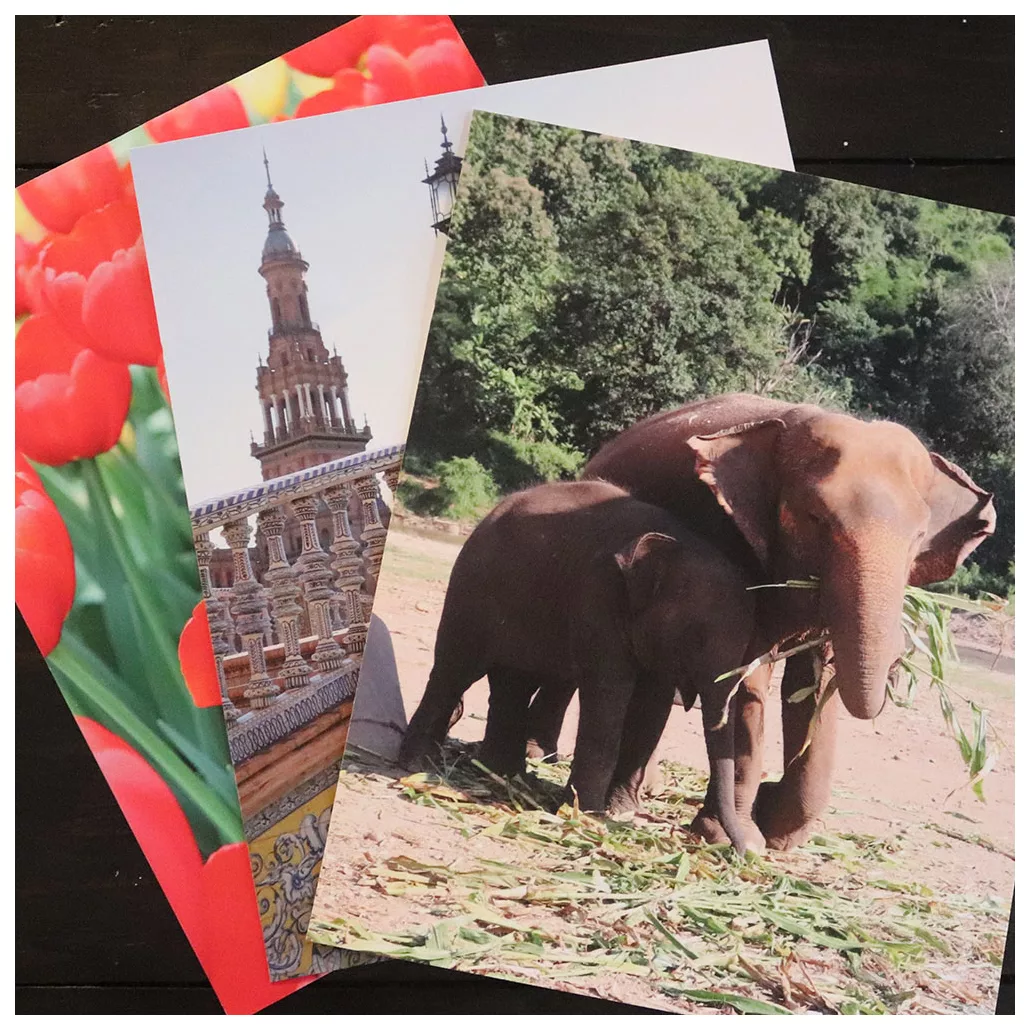The Ancient Japanese City of Kyoto – Things to Do & Travel Guide
Last updated on April 10, 2025
Kyoto used to be the capital of Japan and now it’s one of the country’s largest and most visited cities. Since it wasn’t destroyed during WWII, it still retains a lot of its historic Japanese character, which draws people in from around the world. It’s a great city to visit in Japan and it is huge, with a tonne of things to see and do.

Kyoto’s History
Even though Tokyo is now the capital of Japan, it’s only been that way since 1868. For over a thousand years before, it was Kyoto. Kyoto’s history goes back farther but it was largely undeveloped before becoming the capital in 794. It was actually built to be a replica of the Chinese city Xi’an, which is today known for its terracotta warriors. The 12th-14th centuries saw a lot of growth for shrines and religious structures.
You’ll see today that the streets of Kyoto are a grid-like pattern, which dates back to the 16th century, when the city was rebuilt after a series of destructive battles. The capital shifted to Tokyo in 1868 and Kyoto was actually largely spared during World War II.
All the ancient shrines are grouped into a UNESCO World Heritage Site. Today, Kyoto is still one of Japan’s largest and most visited cities.
Things to Do in Kyoto

As such, the most popular thing to do in Kyoto is see its shrines and temples. There are some highlights, and many of them are grouped together in the Gion (old town) district. It’s also called the Higoshiyama District. Kiyomizu-dera is a beautiful temple with fantastic views of Kyoto. It was actually established in Kyoto’s oldest days, in 780, and was one of my favourites to visit. You can then head up to the beautiful Kodai-ji temple which is a bit newer, from 1606.
You can then go north to Maruyama park. Here you can visit one of the most popular shrines, Yasaka Jinja, which dates all the way back to 656 – way before Kyoto became capital. It is still in excellent condition. Then you can head up to Chion-in temple, which is arguably one of the most important temples in Japan. It heads the Jodo sect of Buddhism, one of the religion’s most popular sects. Further on is Shoren-in. This temple is almost one thousand years old and is a monzeki temple, which means the head priests were members of the Imperial Family.

Buy a print of this photo from my store!
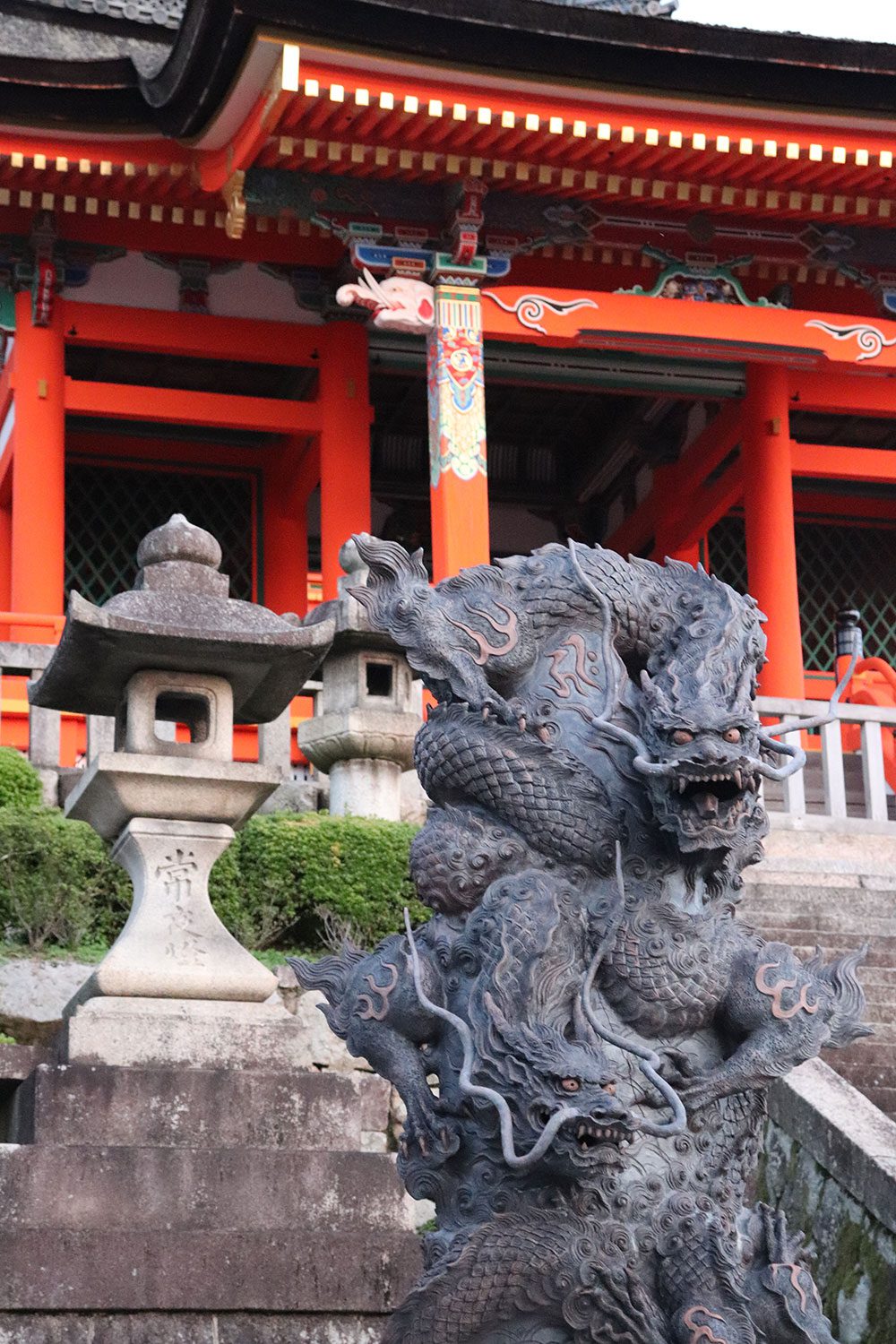
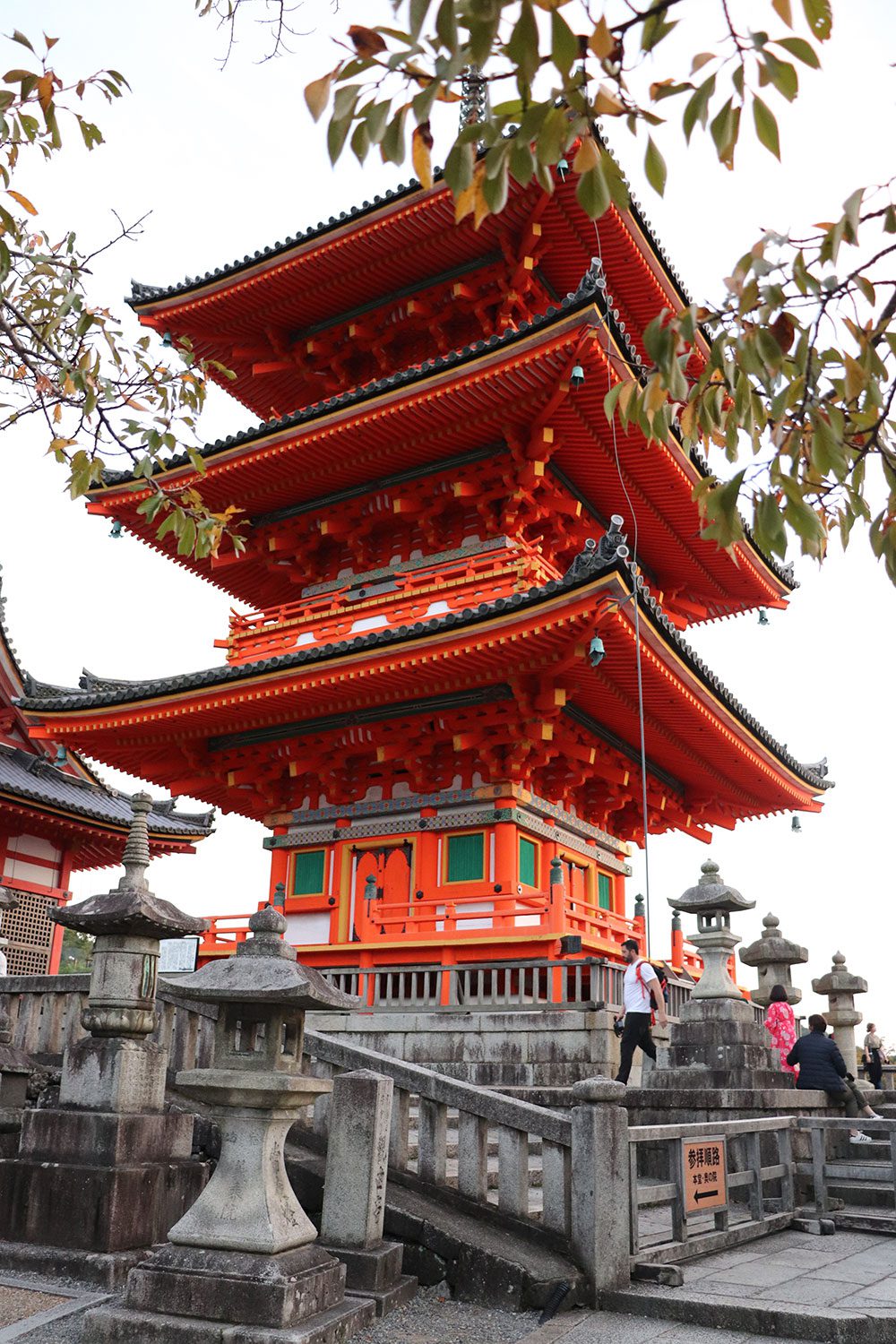
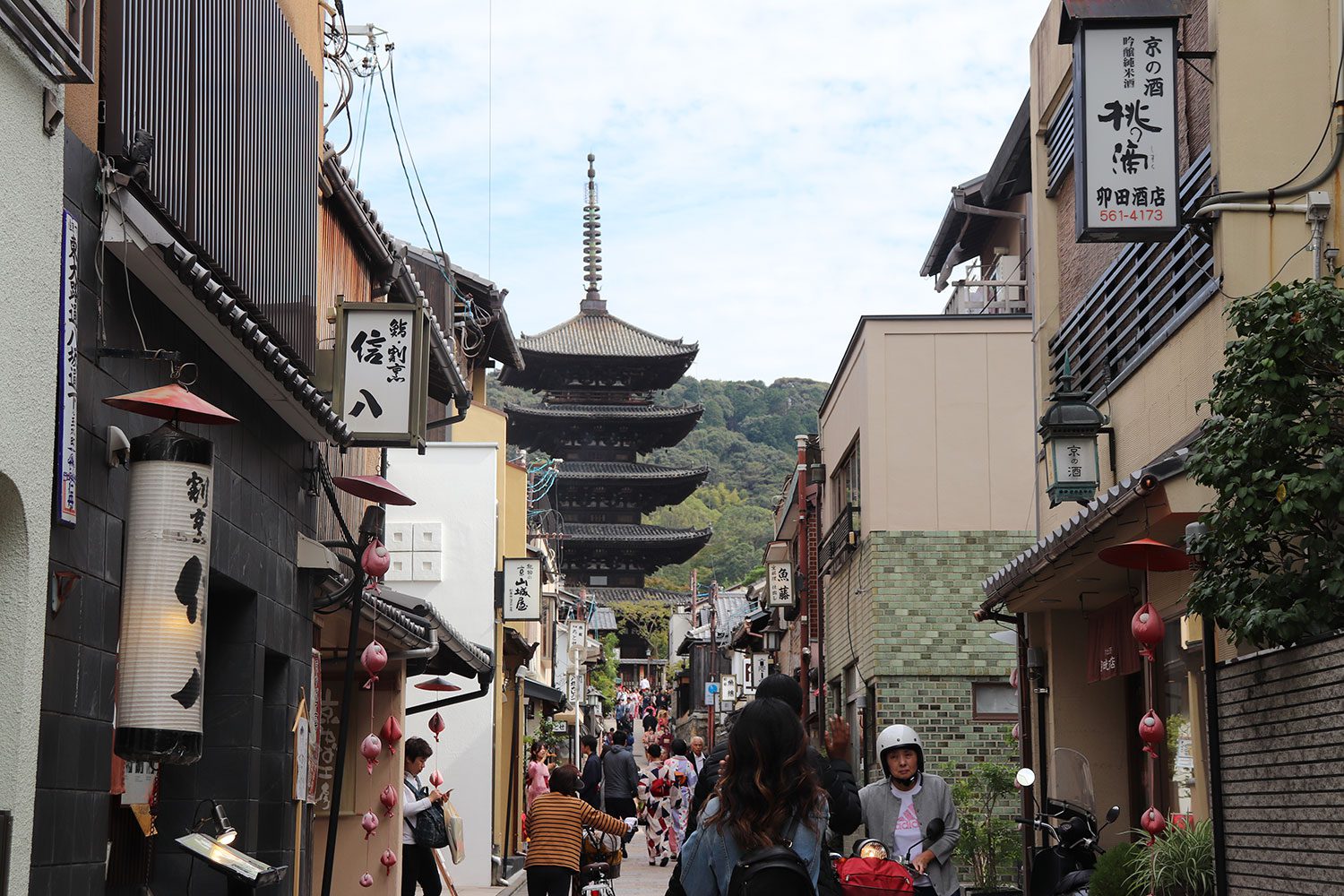

In this area, I recommend taking that path (south to north or north to south) because Kyoto has so many shrines, and this makes it much easier to navigate. You can spend hours walking around each area and seeing numerous shrines and temples, including but not limited to Jishu Jinja, Ryozen Gokoku, Entoku-in, and Chorakuji. To be honest, there’s so much to see that it can be a bit overwhelming, so definitely pick out the places you’d like to see ahead of time. I used Japan Guide to learn more about temples to visit and the website is very easy to use. Love it!
Aside from Kiyomizu-dera, I did not have any particular favourites in this area. But there’s a lot more to see in Kyoto, so read on!

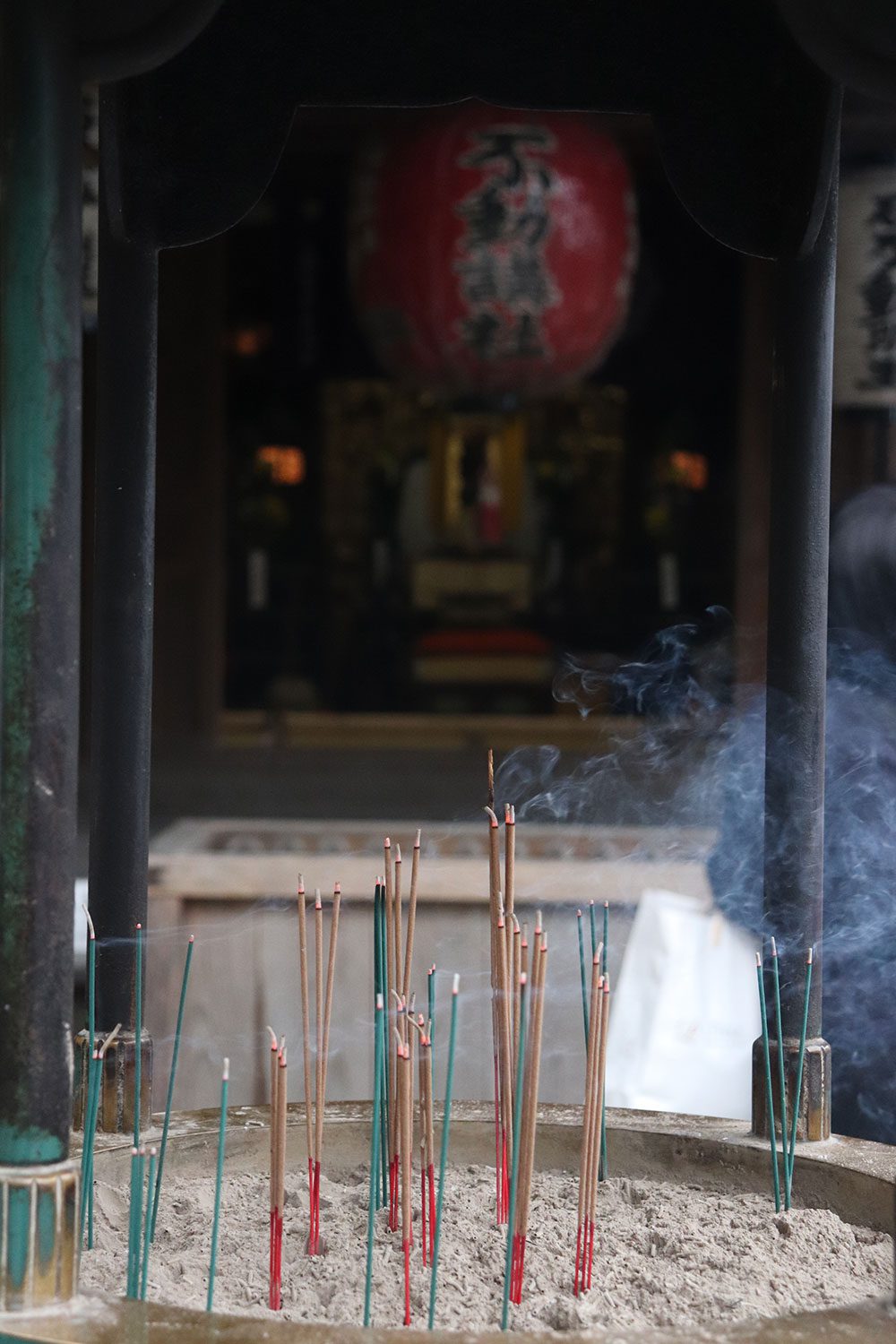
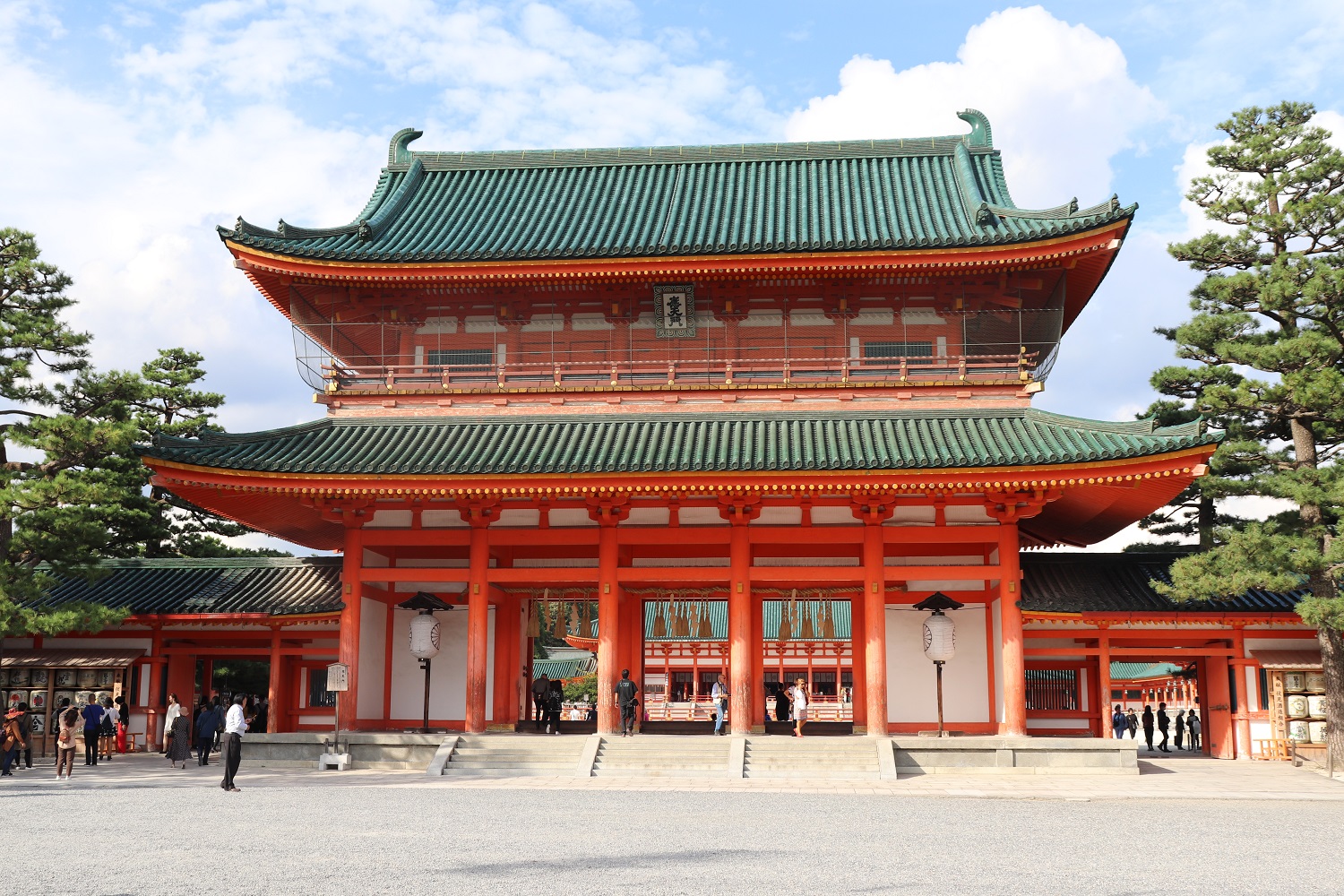
The Heian Shrine is somewhat nearby if you keep going north from Shoren-in. It’s very large and colourful and worth checking out. This was also one of my favourites in Kyoto! The most popular temple in Kyoto is Kinkaku-ji, which is otherwise known as the Golden Pavilion. Interestingly enough, it actually started as a villa and became a zen temple in 1408, so it dates back several hundreds of years. It’s very crowded but a unique place since it’s gilt in gold. You can’t get very close to the temple so I didn’t really enjoy the visit, though there’s no denying that Kinkaku-ji is iconic.
I also recommend Sanjusangendo Temple, which has 1000 statues of Kannons, which is a Japanese goddess in Buddhism. There’s also a very large Kannon in the middle and 28 attendants that sit out front. These date back to about 1200. They’re carved from wood and gilt with gold leaf with exquisite detail unique to each piece. One could write a book about the artwork in this temple alone. It is so amazing! I am particularly impressed that these statues were carved, which means no molds they could’ve poured metal into. It was all painstakingly carved. Photos are not allowed inside but you can see a few pictures and get some more information on the temple on Ancient.eu. This was one of my favourite places and also a bit under the radar.
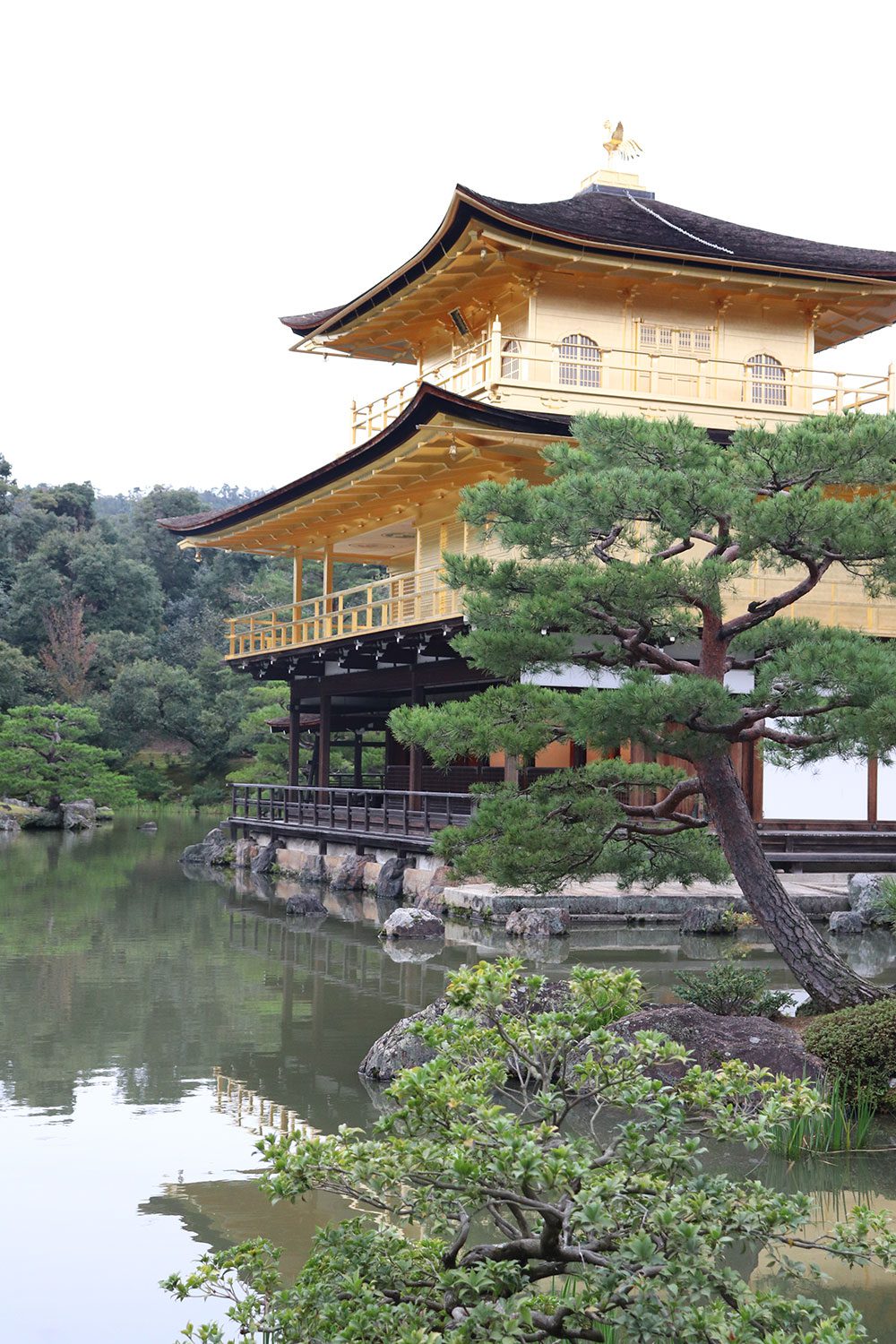
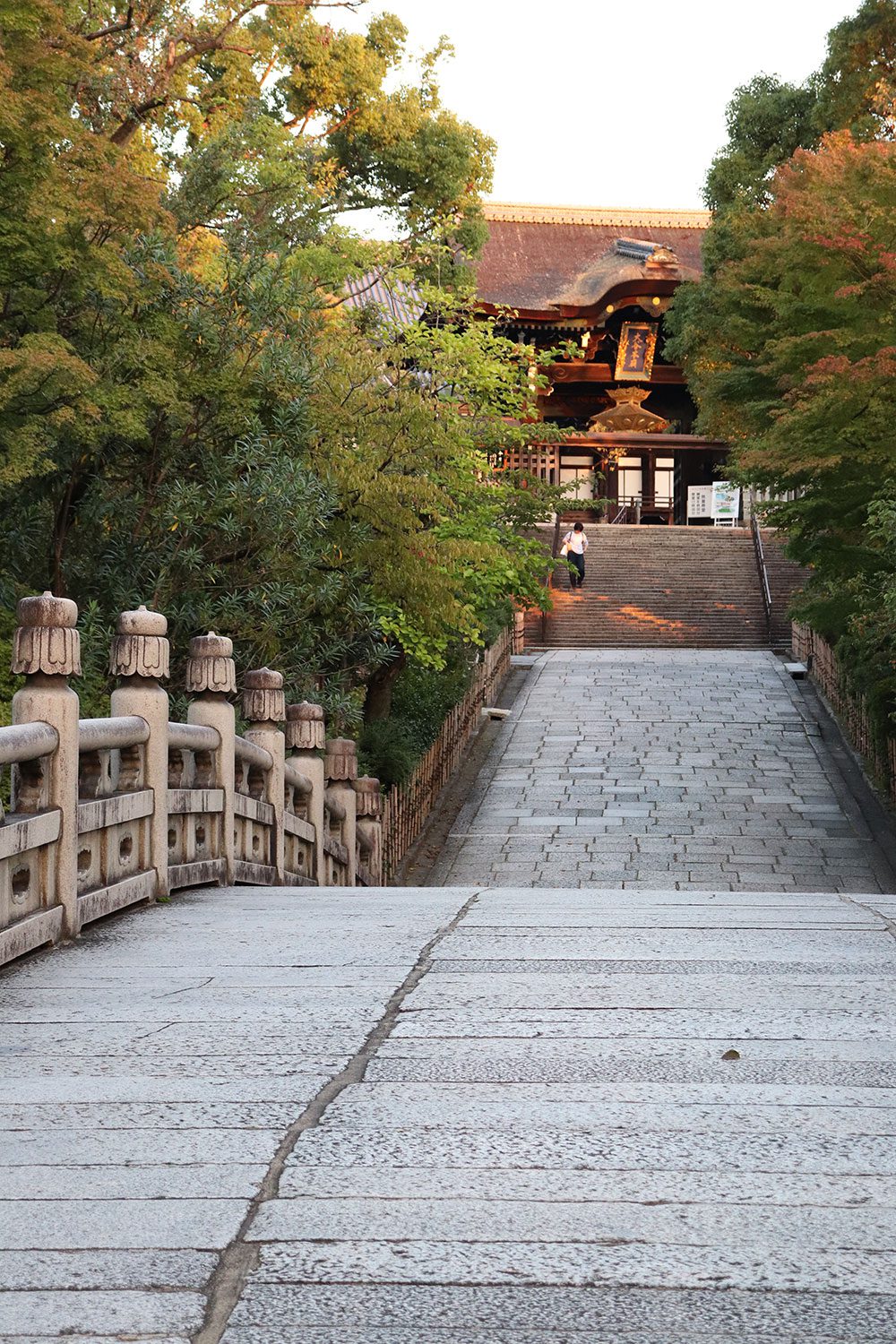
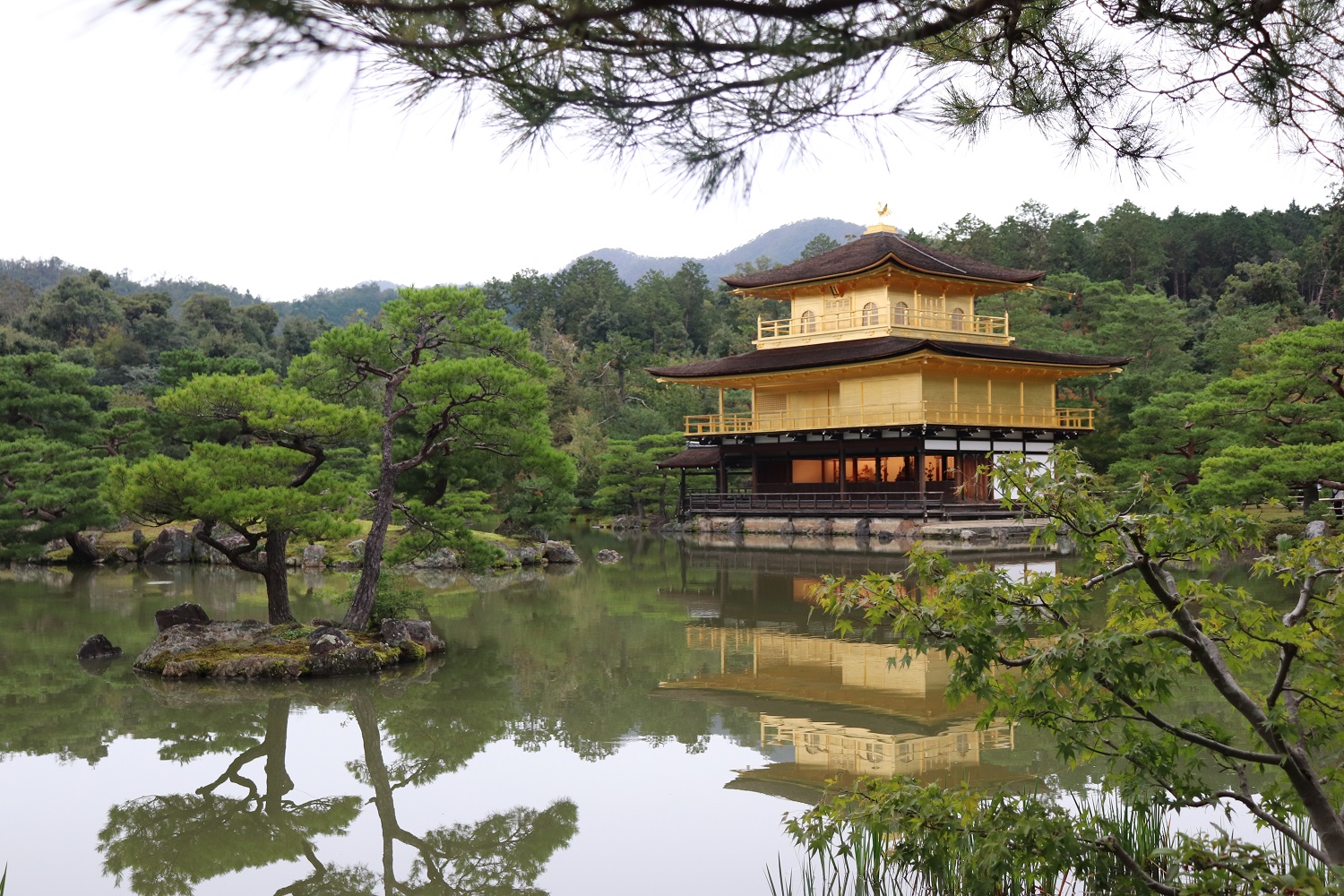
You will need to take a short train ride but Fushimi Inari Taisha is also worth checking out – it’s the shrine with all the torrii gates that you’ve probably seen in photographs. It’s one of the most popular (and Instagrammed) places in Kyoto. In addition to beauty, it’s also full of history, dating to the early 8th century. It even has a mention in The Pillow Book, a staple of Japanese literature dating to the year 1000. The main gate was added in 1589.
Those gates actually extend up a 2-hour climb on a mountain, but many people take a shot for Instagram and leave. When you get closer to the top, it’s less crowded and more beautiful, what with all the gates leading you through the woods. There are also a few smaller shrines up the way. To be honest, you don’t even need to go that far to get away from the crowds, so don’t be put off if you can’t commit to a 2 hour climb. I highly recommend seeing Fushimi Inari as it is quite serene and beautiful.
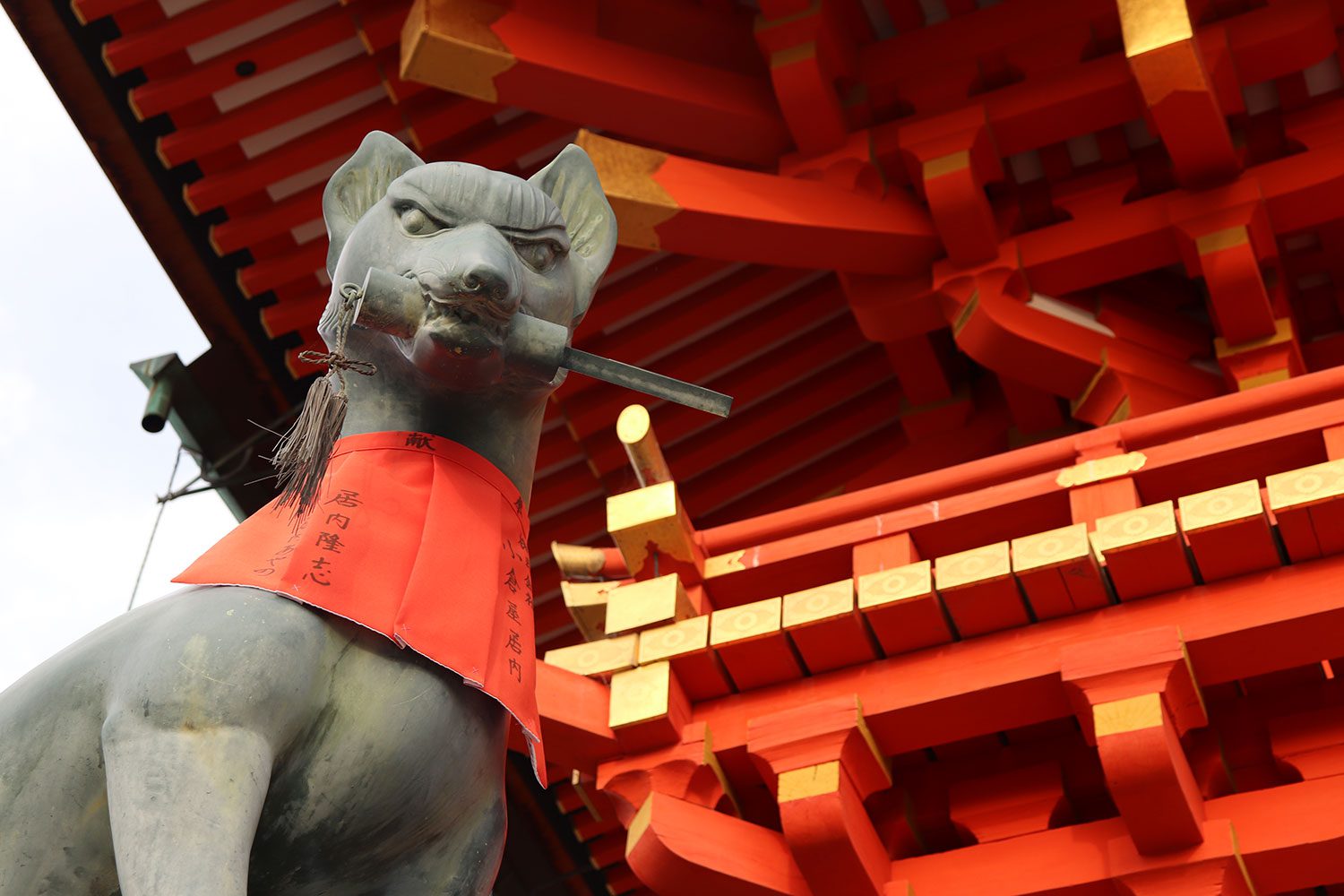
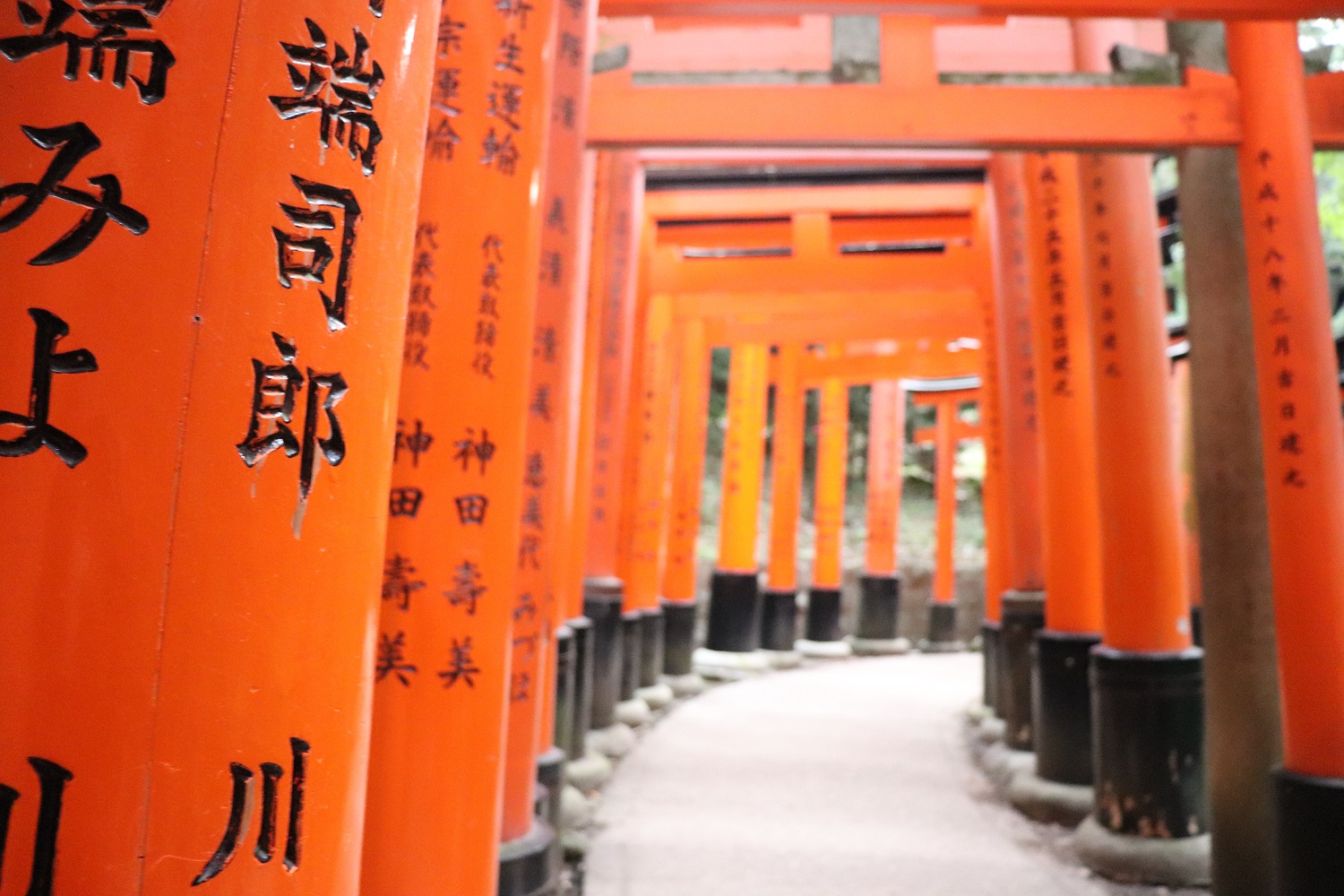
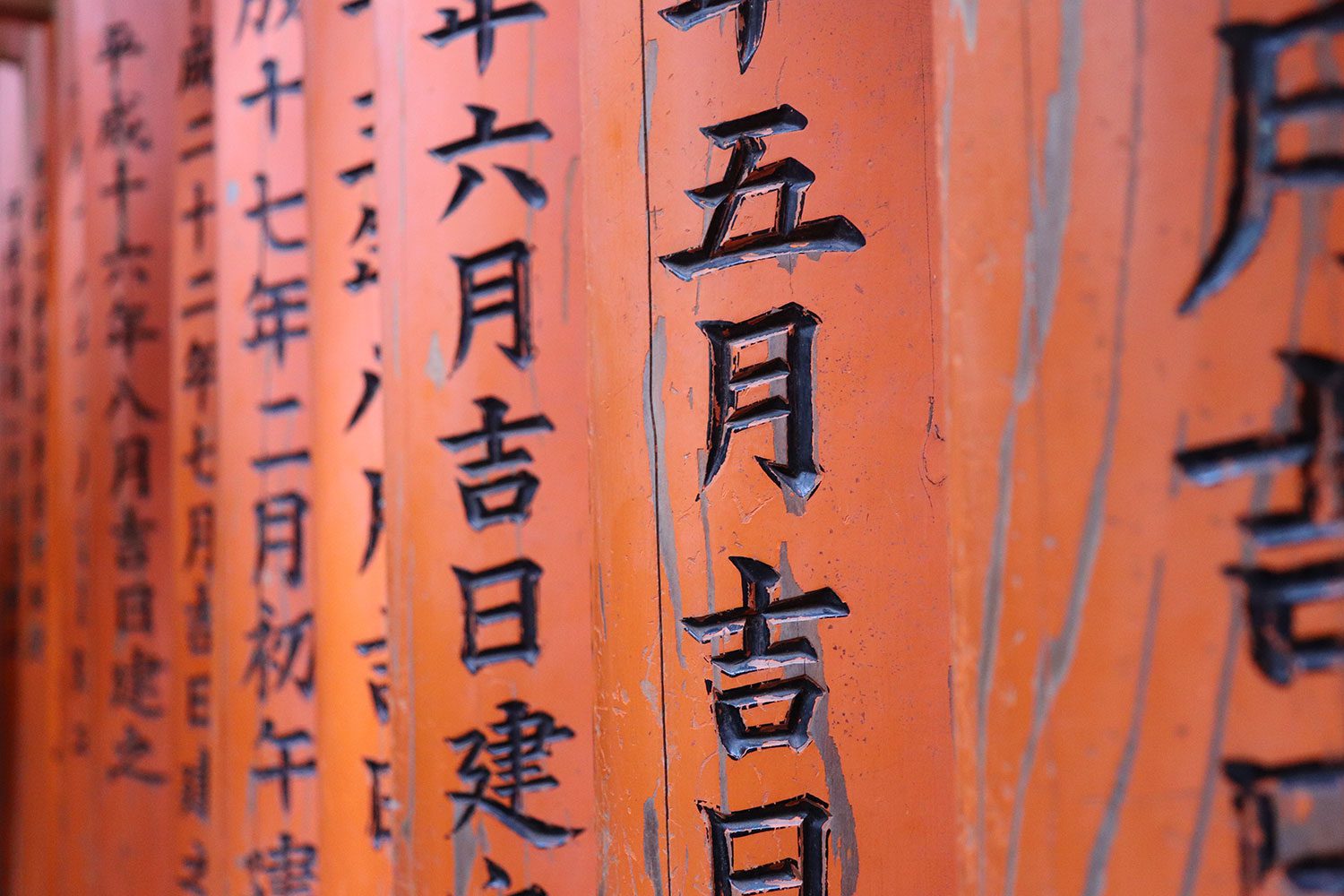
Buy a print of this photo from my store!
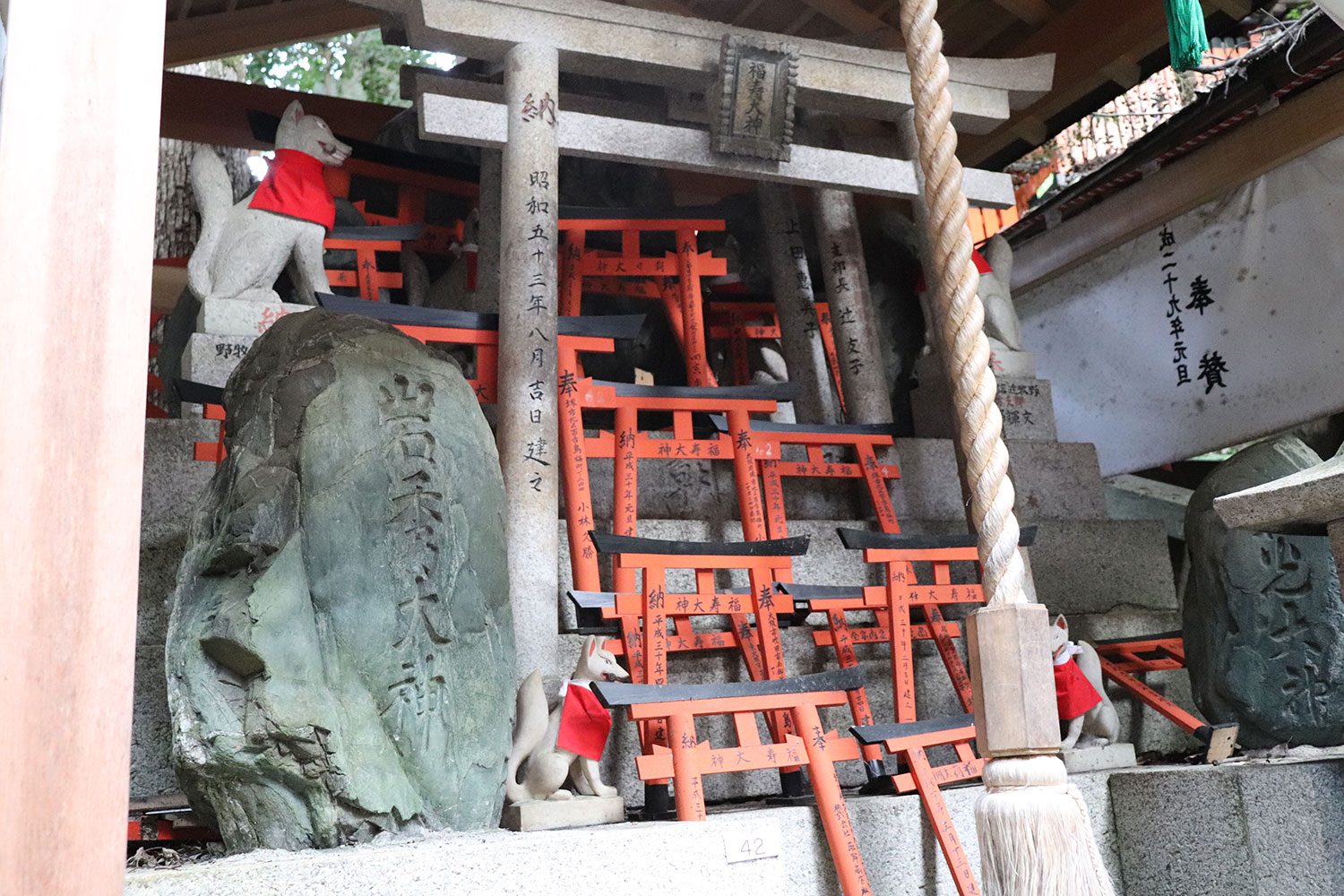
Kyoto has a lot more than shrines and temples. I really enjoyed visiting Nijo Castle, which is a 17th-century (Edo period) shogun residence. It is beautifully decorated and you can take a tour of the inside to see how higher classes would’ve lived centuries ago. The Kyoto Imperial Palace is also a popular destination but I found it super boring – Nijo Castle is way better. The Imperial Palace is where the Imperial Family lived until the capital shift, but visitors can’t go inside buildings. They can see inside some buildings but it’s very plain. However it is free. If you’re short on time, I’d say skip the Palace and head to Nijo.
You can also check out the Nishijin Textile Museum to see some small exhibits on textile creation, a staple of Japanese culture.
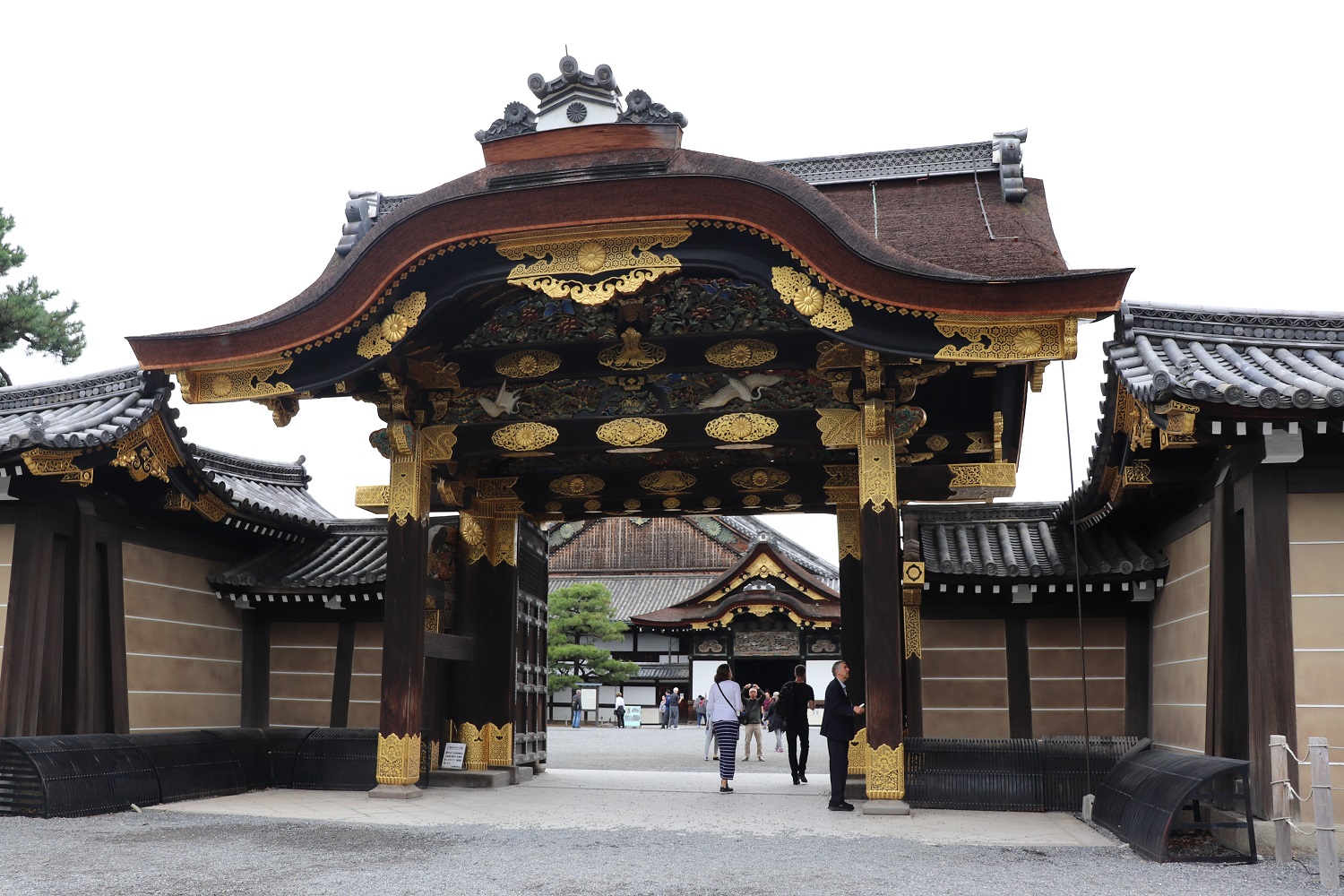

You can also head to Arashiyama and go to the bamboo forest and monkey park. This is out of the way from other places in Kyoto but definitely worth the ride out. The monkey park requires a strenuous walk up a mountain but it was a super unique thing to do, plus you get great views of the city. Seeing the monkeys was great, and be sure to buy some snacks there to feed them. You’ll probably cross the Togetsukyo Bridge to get there, which is a centuries-old bridge that’s a significant Kyoto landmark. The area seems more rural, an interesting contrast to the hustle and bustle of the rest of the city. My brother and I felt the bamboo forest was a let-down since a lot of the bamboo had been chopped.
A really nice thing about Kyoto is that many of the shrines and attractions are free to visit! So you can have a great time exploring the city without breaking the bank.
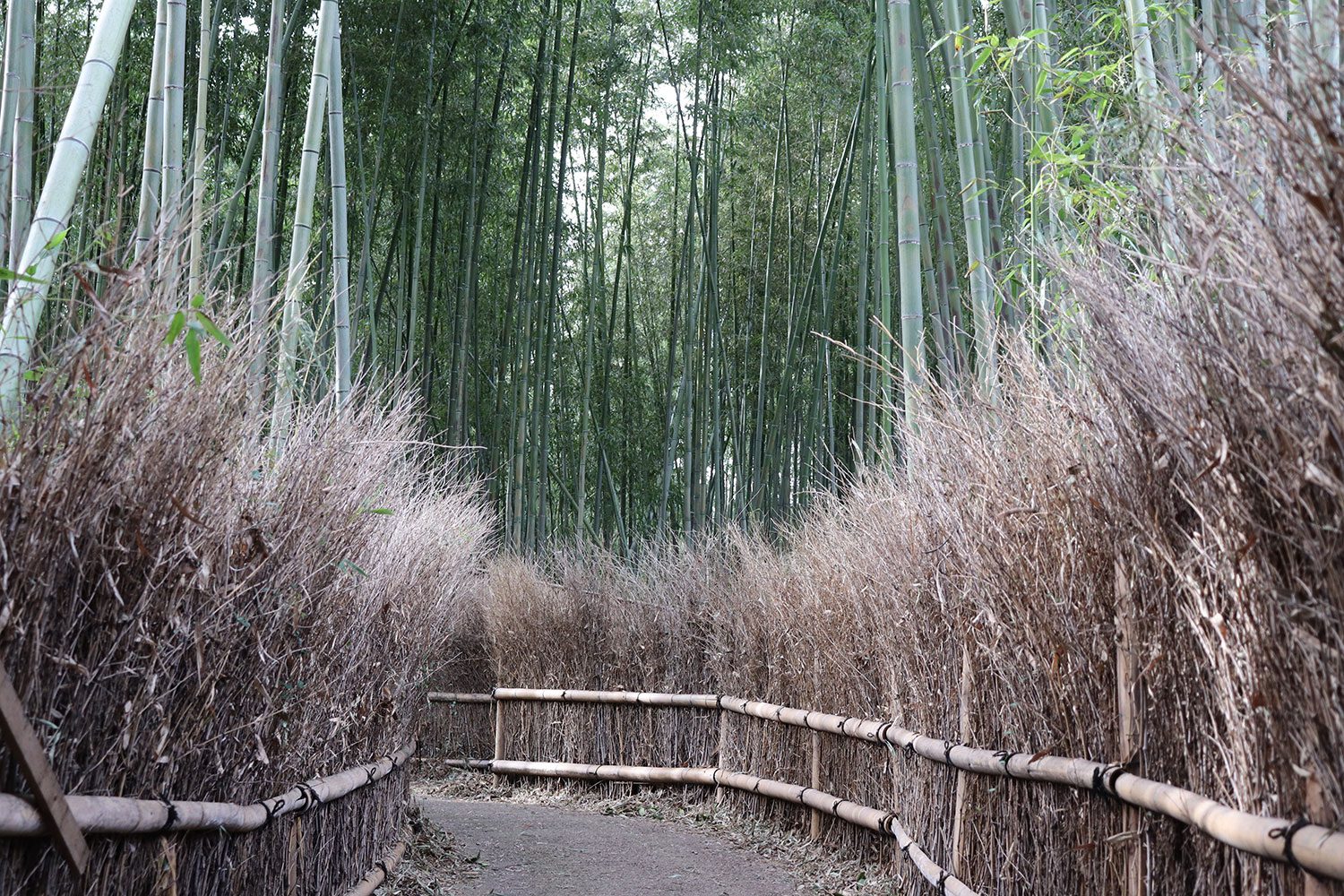
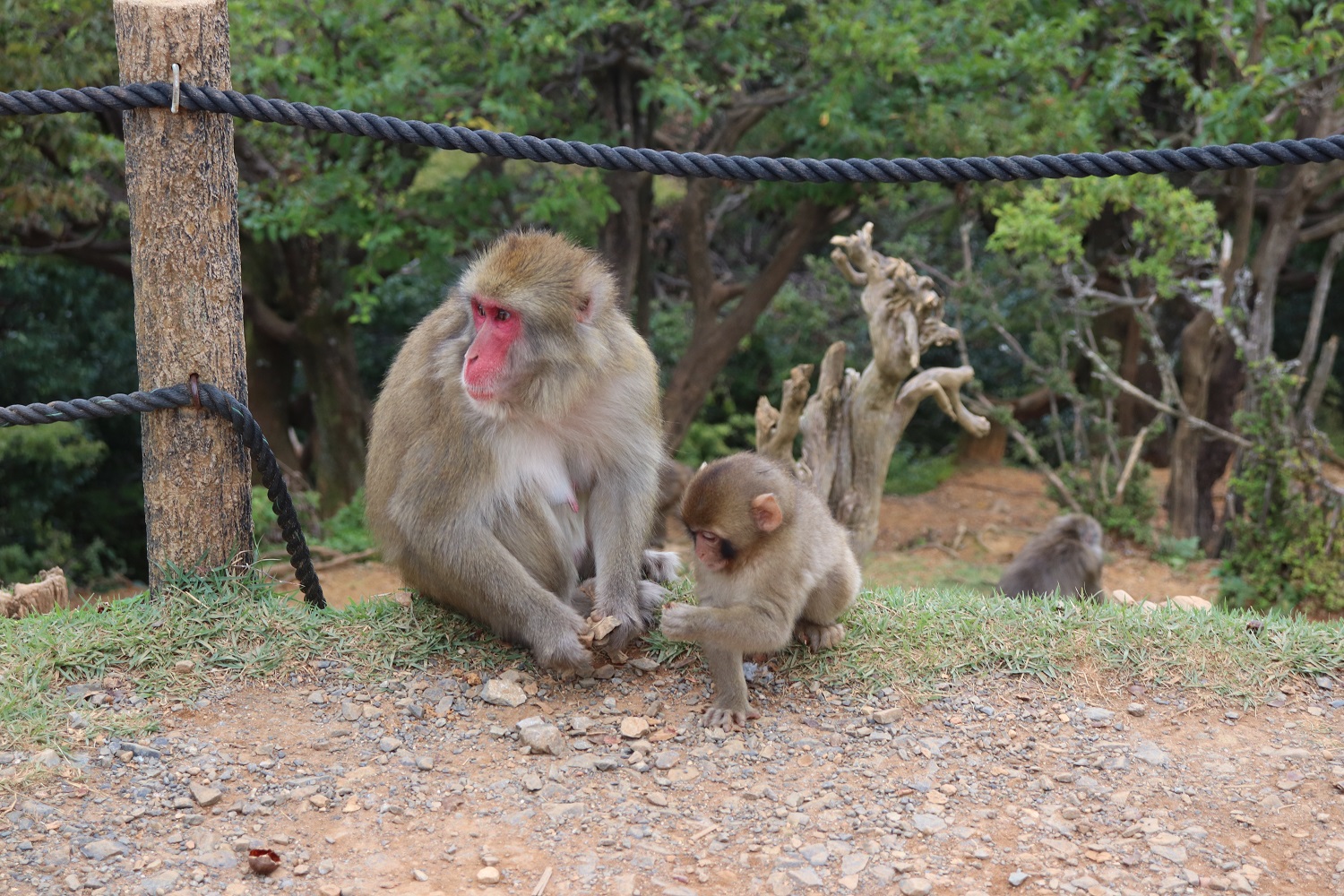
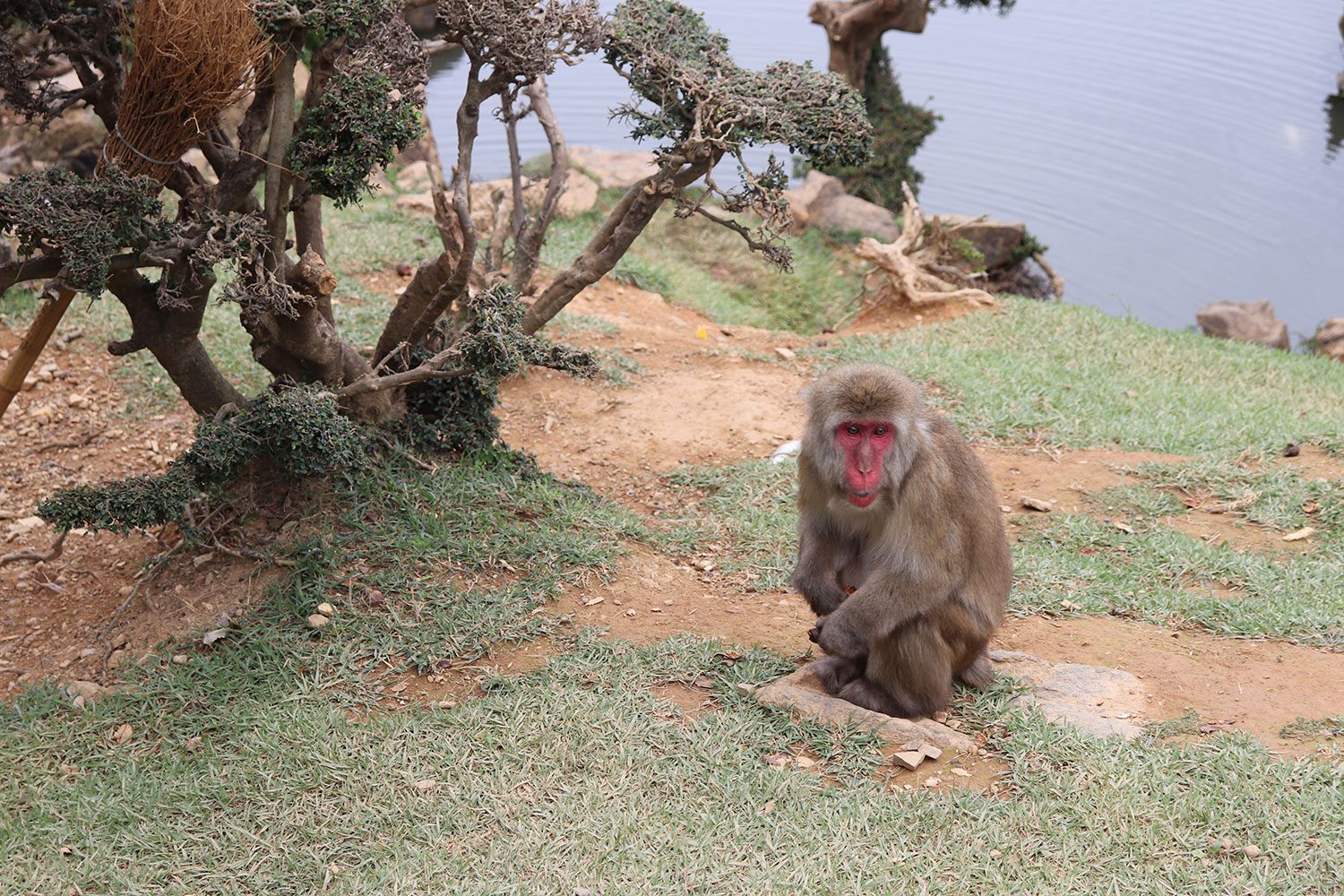

Kyoto is huge! It’s so much bigger than it looks on a map. I recommend taking advantage of public transport. There’s also a JR bus that runs through parts of the city, but you need to look for it on bus stop signs. I couldn’t find any information online. The nice thing is, if you have a JR pass, these busses are free.
I also recommend renting a kimono or other traditional Japanese dress at some point in your trip to Japan. It’s another staple of old Japanese culture and kimonos are so pretty, so why not? I went to Yumeyakata and had a great experience.
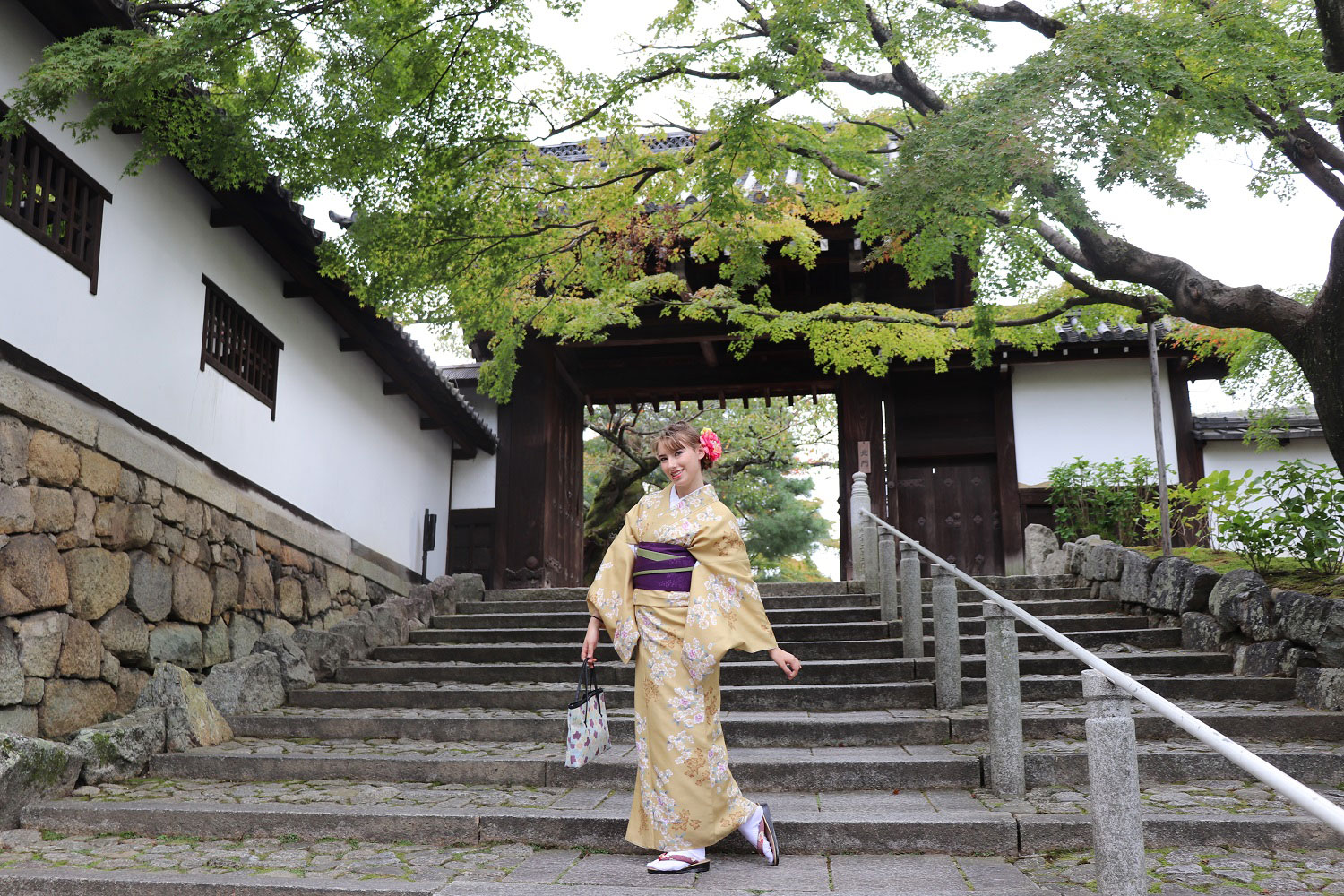
If you’re visiting in July, you may be able to attend Japan’s most famous festival, Gion Matsuri.
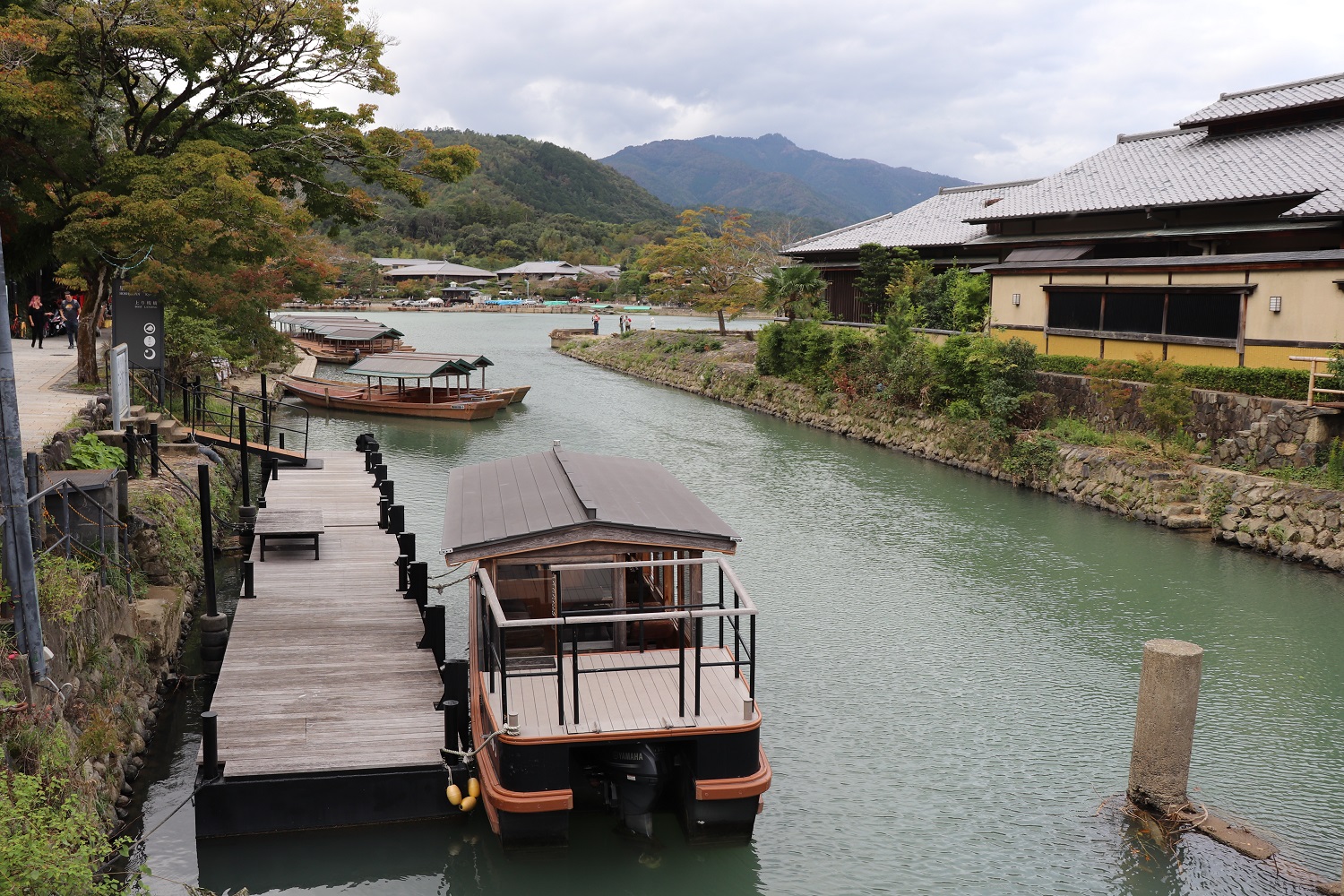
I had a great time in Kyoto and there’s no way you can miss it if you’re a history buff in Japan. It’s such a great city with a lot of history and a large selection of things to see and do. Even though its history is ancient, it’s also very modern but relaxed, and probably one of my favourite places in Japan. I highly recommend spending a lot of time in Kyoto to see the sights but also to get to know the city a lot better. We spent three days here and got to see the major places but it was really enough to scratch the surface, and it was a busy three days. I couldn’t recommend any less time than three full days and would highly recommend more time if you can afford it. Kyoto’s an amazing place that deserves to be savoured.
Headed to Japan? Be sure to purchase your JR Pass! We saved a ton of money by purchasing the JR Pass and got to see a lot of beautiful places in Japan.
Have you ever been to Kyoto? What did you think?
Pin This for Later


Book an Organised Tour
Book Your Stay
Need a Book on Kyoto?
I’m happy to partner with Bookshop.org to promote sales from independent booksellers.
About the Author
My name's Lilly and I'm a Baltimore-based travel blogger with a focus on art and history. I work full time and manage to get in several trips a year. Learn more about me.Tags: asia, japan, kyoto
1 Comment
|
Paul Fournier said on April 29th 2024 |
Nice pictures. I totally agree about the serene beauty of Fushimi Inari Taisha; it’s a peaceful escape from the crowds, especially as you climb higher. |












